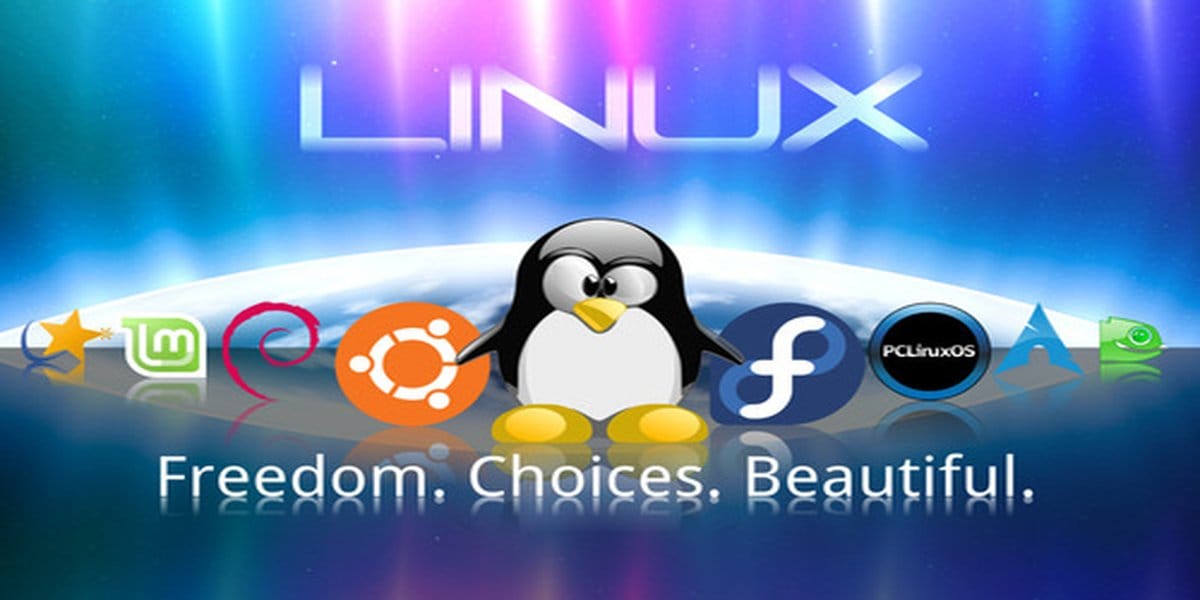Tips for using Linux as a daily driver
Tips for Linux users

Every time there's a new version of the latest distro, the forums on the internet are flooded with comments about how terrible the experience was. Applications deleted, devices not working, files missing, systems not booting, applications not working as intended, the list goes on.
I use Fedora KDE Edition as my daily driver. It is my favourite distro. It's clean, free from bloat and comes with great defaults. I run it on my my laptop. For my desktop I run Pop!_OS, which is another great Linux distro.
I've learned some very important lessons when using Linux as a daily driver in a desktop environment that I want to share in this post.
- I store nothing of importance on these computers. Everything I ever want can be redownloaded again - either from the wider internet or my personal nextcloud. Documents, files, notes, application settings, export files are all stored on a server.
- Important documents are saved in a cryptomator vault. You can keep the encrypted vault either on a USB stick, a microSD card or your nextcloud.
- I run only LTS versions of Pop!_OS. LTS versions come out every two years. Two years is a good time to format the computer and fresh install the latest LTS release. Install it how it was intended. No residual upgrade issues. It also gets rid of all the bloat and unnecessary configuration files built up over time with your existing install.
- I'll typically fire up a virtual machine to take the new release for a spin. Just to see how it performs, what the new features are, see what works and doesn't work, find any quirks. With my desktop, I'll swap out the existing SSD and put a new one in to install it on bare metal to see how the video drivers go, test audio/visual equipment, multiple display monitors etc.
- At any time you should be able to format your laptop/desktop clean and be able to retrieve it back the way it was. I use the import/export functionality within each application I use.
- Make notes. Make plenty of notes of how you set things up. What you set up. Applications, extensions, guides you used. Links, references. Use note taking applications to make notes on how you did things. Create notes on how you fixed a particular issue. You'll thank your future self.
- Your production desktop environment computer should be kept squeaky clean. If you're thinking of downloading and installing an application, run it in a virtual machine first, figure out its quirks, then decide if you want to deploy it to your production machine.
- Consider installing Timeshift and saving the backup to another drive. Create periodic backups of the entire system using this software.
- It's better to use the native Linux application instead of trying to look to install Windows software on Linux.



